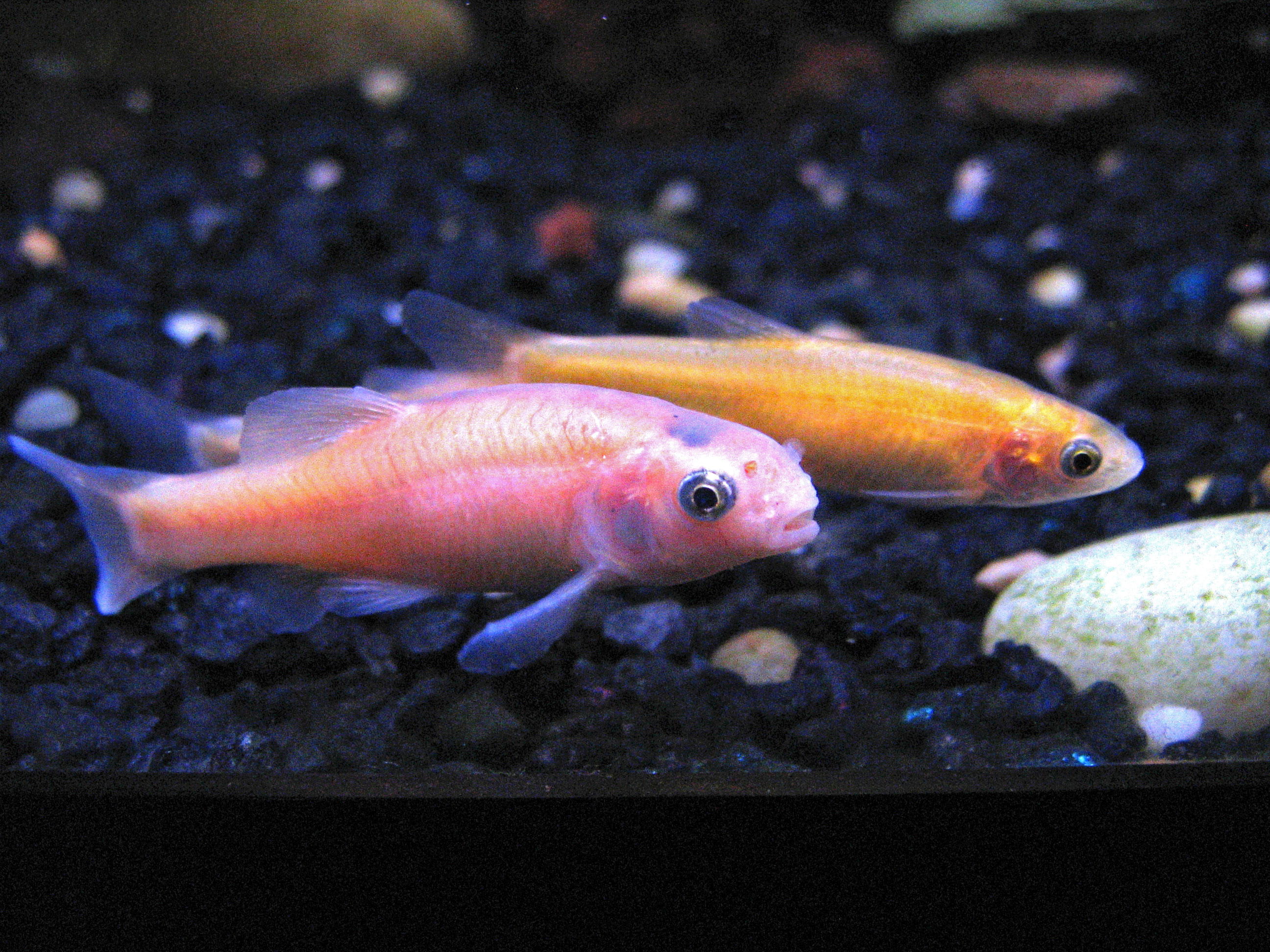Nearly a year since being discovered near ponds just 20 minutes east of Prince George, the rosy red minnow is still present according to biologists.
Rosy red minnows, an ornamental variety of the fathead minnow, were found breeding in a stream east of Prince George. These small fish are commonly sold by pet stores as feeder fish for other species and are not native to BC according to the Province.
“Rosy red minnow is supposed to be in aquarium tanks contained, not in the natural environment,” Senior Fisheries Biologist, Nikolaus Gantner told MyPGNow. “Even the fathead minnow, which it was bred from, isn’t naturally occurring in the northern parts of the province. Whenever we find a species in the landscape reproducing in the natural environment, we consider that an invasive species.”
The stream where the minnows have been found flows into a tributary of the Fraser River. Competition with native species and potential ecological impacts, both in the stream and in downstream waterways, are unclear, however, the answer to those questions are just a small issue in which biologists are facing when it comes to the potential eradication of them.
“We don’t know exactly when, or who, and how they ended up there, but we know they’re there. We know they’ve been there for multiple years [based on their evolution in the ecosystem] but it was only reported to us last year gratefully by a member of the public that observed them.”
Since then, biologists from the Ministry of Forest, Land, and Natural Resources have followed up and have been working on how to address the issue. According to the Ministry, the minnows are contained in a small creek, which lies within a series of inter-connected beaver ponds.
“First of all, we have to avoid that the work that we are doing doesn’t then lead to those fish moving downstream,” said Gantner. “Any work we do has to start with containing the downstream movement and preventing any downstream movement, even if we were to pump out some of the beaver ponds and dry them up temporarily.”
When it comes to possible steps and measures taken towards eradicating the rosy red minnow, Gantner and his team have many options to consider.
“In the way we assess the risk of the species (once it’s reported) to the local environment, we also look at the ‘do nothing’ option, as in maybe they’re contained or they aren’t posing any risk. The other option is physical removal of the fish. That can be achieved by lowering the water and then conducting a fish salvage. The challenge here is that eggs can be adhesive to aquatic plants, so it may not be 100 per cent effective.
Gantner explains another option, which is a long-term option, is a chemical treatment with a compound that currently isn’t even registered in Canada. Which means biologists couldn’t use it unless they were to get it registered for a specific use, and the process to do so may take years to permit.
Part of their assessments in the Fall of last year was to determine whether there was a time when the flow was low enough for appropriate action. In the event that simply doing nothing is decided upon as the best course of action, Gantner says they may seek a way to contain them at the very least in order to ensure there isn’t any downstream movement.
And as if work to eradicate the species from the area isn’t posing enough complications as it is, it’s just one piece of a much larger issue.
“The unique situation is that they’re [the ponds] under a powerline, so the operator of the powerline we’ve reached out to and indicated anyone that works there would need specific training to work under the powerlines.”
“The ask that we all have, as in the biologists that have to deal with the aftermath, is don’t let them loose. Releasing aquarium fish into local natural waterways is illegal, we really urge the public to not do that.”
This comes just days after the Ministry released a statement regarding multiple reports of goldfish found in the Lost Lake located approximately 10 kilometres north of Terrace.
Gantner states that any unwanted fish should be taken back to the pet store or any organization that is properly trained to handle the animals.
Something going on in the Prince George area you think people should know about?
Send us a news tip by emailing [email protected].







